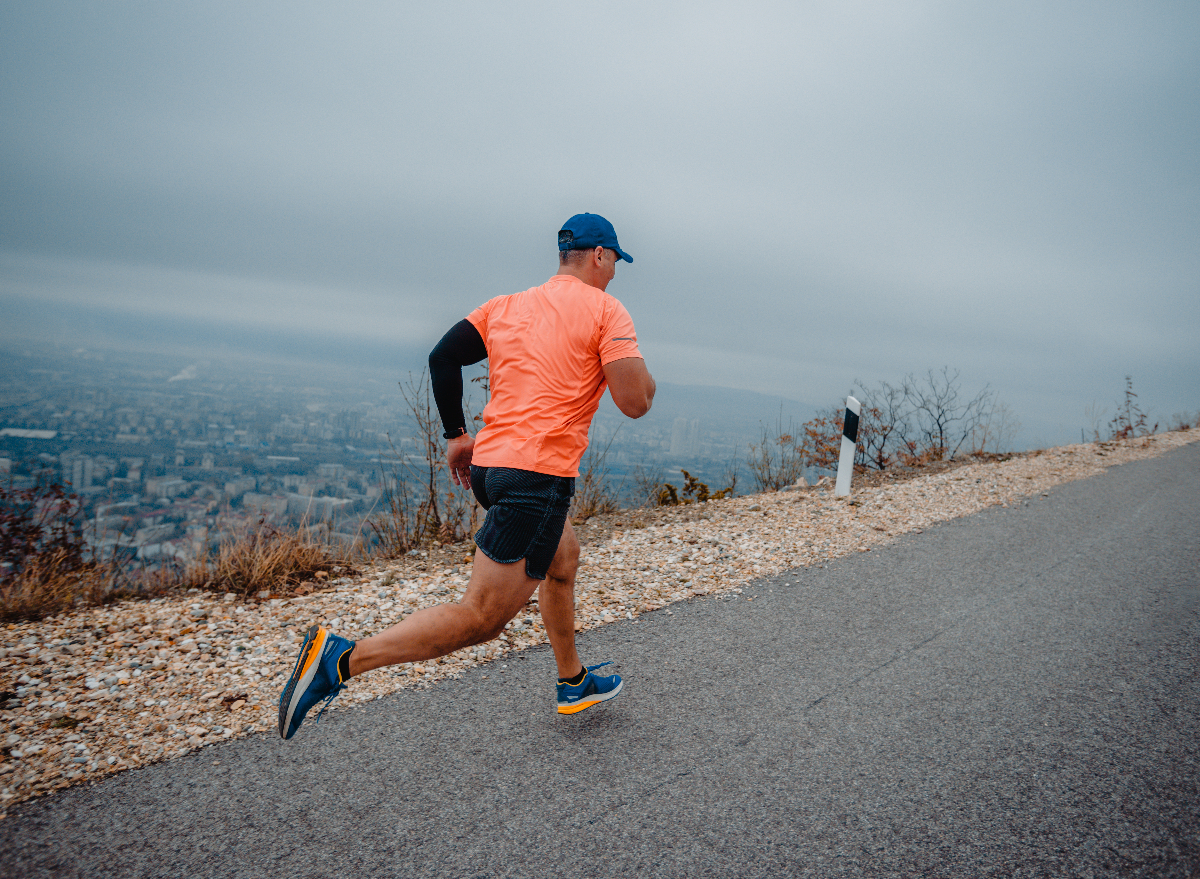Enhance Your Running Workout: Professional Strategies Introduced
Enhance Your Running Workout: Professional Strategies Introduced
Blog Article
Dealing With Usual Running Discomforts: Causes, Solutions, and Avoidance
As runners, we usually experience various pains that can prevent our performance and satisfaction of this physical activity. By checking out the root factors for these operating pains, we can reveal targeted services and preventative measures to make sure a smoother and extra satisfying running experience.
Usual Running Pain: Shin Splints
Shin splints, a typical running discomfort, typically arise from overuse or improper shoes during exercise. This problem, clinically called medial tibial stress and anxiety syndrome, materializes as pain along the internal side of the shinbone (shin) and prevails among professional athletes and joggers. The repetitive stress and anxiety on the shinbone and the tissues connecting the muscular tissues to the bone leads to inflammation and pain. Runners who quickly enhance the intensity or duration of their workouts, or those who have flat feet or incorrect running strategies, are particularly susceptible to shin splints.
To avoid shin splints, people must progressively boost the strength of their exercises, wear proper shoes with proper arch assistance, and keep flexibility and stamina in the muscles surrounding the shin (running workout). In addition, incorporating low-impact activities like swimming or biking can aid maintain cardiovascular health and fitness while permitting the shins to recover.
Common Running Pain: IT Band Disorder
In enhancement to shin splints, another prevalent running pain that athletes frequently run into is IT Band Disorder, a problem caused by inflammation of the iliotibial band that runs along the outer thigh and knee. IT Band Syndrome usually materializes as discomfort on the exterior of the knee, specifically throughout tasks like running or biking. The iliotibial band is a thick band of fascia that attaches the aware of the shin, and when it ends up being swollen or limited, it can massage versus the upper leg bone, causing pain and discomfort.
Runners experiencing IT Band Disorder may see a stinging or aching feeling on the outer knee, which can aggravate with continued task. Elements such as overuse, muscular tissue discrepancies, inappropriate running type, or inadequate warm-up can contribute to the development of this problem.
Common Running Discomfort: Plantar Fasciitis

Plantar Fasciitis can be credited to numerous factors such as overtraining, improper footwear, running on hard surfaces, or having high arches or flat feet. To avoid and alleviate Plantar Fasciitis, runners can incorporate stretching workouts for the calf bones and plantar fascia, use helpful shoes, preserve a healthy weight to reduce strain on the feet, and gradually increase running strength to stay clear of abrupt anxiety on the plantar fascia. If signs continue, it is suggested to seek advice from a medical care expert for correct medical diagnosis and therapy alternatives to address the condition effectively.
Usual Running Discomfort: Runner's Knee
After attending to the obstacles of Plantar Fasciitis, an additional prevalent issue that runners commonly encounter is Jogger's Knee, a common running pain that can hinder athletic performance and trigger discomfort during physical activity. Runner's Knee, likewise understood as patellofemoral discomfort disorder, materializes as discomfort around or behind the kneecap. Joggers experiencing this discomfort might really feel a boring, hurting pain while running, going up or down stairways, or after extended periods of sitting.
Typical Running Pain: Achilles Tendonitis
Typically afflicting runners, Achilles Tendonitis is an uncomfortable condition that impacts the Achilles tendon, causing discomfort and possible constraints in exercise. The Achilles ligament is a thick band of tissue that links the calf muscles to the heel bone, crucial for tasks like running, leaping, and walking - look at this site. Achilles Tendonitis frequently develops as a result of overuse, inappropriate shoes, insufficient stretching, or sudden rises in physical task
Signs And Symptoms of Achilles Tendonitis include discomfort and stiffness along the tendon, specifically in the morning or after durations of lack of exercise, swelling that intensifies with task, and perhaps bone spurs in chronic instances. To prevent Achilles Tendonitis, it is necessary to extend correctly previously and after running, put on suitable footwear with appropriate assistance, gradually enhance the strength of workout, and cross-train to reduce repetitive anxiety on the ligament.
Verdict

Report this page